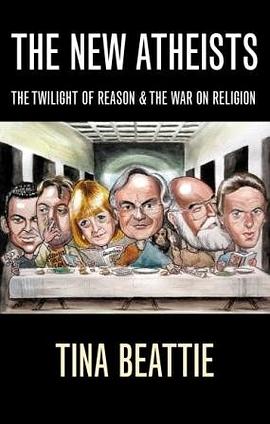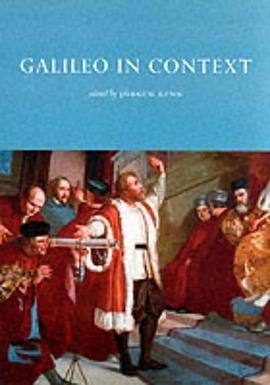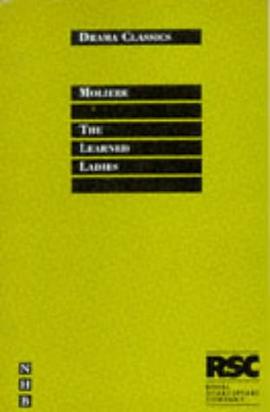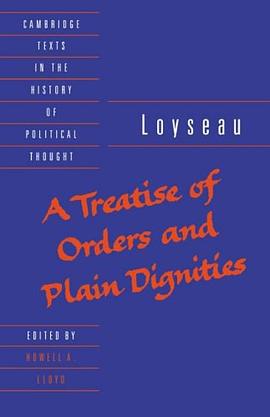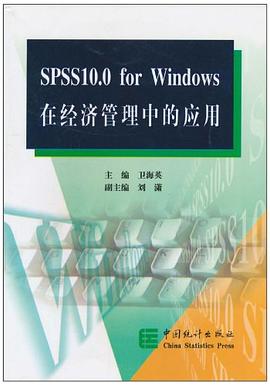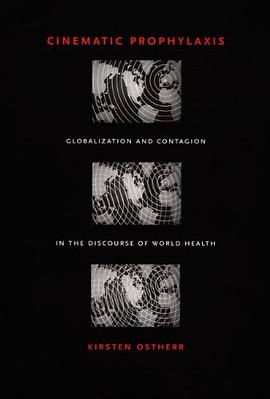

具体描述
A timely contribution to the fields of film history, visual cultures, and globalization studies, "Cinematic Prophylaxis" provides essential historical information about how the representation of biological contagion has affected understandings of the origins and vectors of disease. Kirsten Ostherr tracks modes of visually representing the contamination of bodies through a range of media, including 1940s public health films; entertainment films such as 1950s alien invasion movies and the 1995 blockbuster Outbreak; television in the 1980s, during the early years of the AIDS epidemic; and, the cyber-virus plagued Internet.In so doing, she charts the changes - and the alarming continuities - in popular understandings of the connection between pathologized bodies and the global spread of disease. Ostherr presents the first in-depth analysis of the public health films produced in the period between World War II and the 1960s that popularized the ideals of world health and taught viewers to imagine the presence of invisible contaminants all around them. She examines not only the content of specific films but also their techniques for making invisible contaminants visible.By identifying the central aesthetic strategies in films produced by the World Health Organization, the Centers for Disease Control, and other institutions, she reveals how ideas about racial impurity and sexual degeneracy underlay messages ostensibly about world health. Situating these films in relation to those that preceded and followed them, Ostherr shows how during the postwar era, ideas about contagion were explicitly connected to the global circulation of bodies. While postwar public health films embraced the ideals of world health, they invoked a distinct and deeply anxious mode of representing the spread of disease across national borders. Kirsten Ostherr is Assistant Professor of English at Rice University.
作者简介
目录信息
读后感
评分
评分
评分
评分
用户评价
相对于Rogaski的语言(知识考古)学探讨,Ostherr关于疾病的探索集中在作为媒体形式的科教/娱乐电影上,同时探究疾病的意识形态隐喻:劣等种族、共产主义、同性恋……我的问题是,疾病与这些区别的联系仅限于它们共同代表了大众焦虑的小客体吗?有没有更加进一步的相似度呢?
评分相对于Rogaski的语言(知识考古)学探讨,Ostherr关于疾病的探索集中在作为媒体形式的科教/娱乐电影上,同时探究疾病的意识形态隐喻:劣等种族、共产主义、同性恋……我的问题是,疾病与这些区别的联系仅限于它们共同代表了大众焦虑的小客体吗?有没有更加进一步的相似度呢?
评分相对于Rogaski的语言(知识考古)学探讨,Ostherr关于疾病的探索集中在作为媒体形式的科教/娱乐电影上,同时探究疾病的意识形态隐喻:劣等种族、共产主义、同性恋……我的问题是,疾病与这些区别的联系仅限于它们共同代表了大众焦虑的小客体吗?有没有更加进一步的相似度呢?
评分相对于Rogaski的语言(知识考古)学探讨,Ostherr关于疾病的探索集中在作为媒体形式的科教/娱乐电影上,同时探究疾病的意识形态隐喻:劣等种族、共产主义、同性恋……我的问题是,疾病与这些区别的联系仅限于它们共同代表了大众焦虑的小客体吗?有没有更加进一步的相似度呢?
评分相对于Rogaski的语言(知识考古)学探讨,Ostherr关于疾病的探索集中在作为媒体形式的科教/娱乐电影上,同时探究疾病的意识形态隐喻:劣等种族、共产主义、同性恋……我的问题是,疾病与这些区别的联系仅限于它们共同代表了大众焦虑的小客体吗?有没有更加进一步的相似度呢?
相关图书
本站所有内容均为互联网搜索引擎提供的公开搜索信息,本站不存储任何数据与内容,任何内容与数据均与本站无关,如有需要请联系相关搜索引擎包括但不限于百度,google,bing,sogou 等
© 2025 book.quotespace.org All Rights Reserved. 小美书屋 版权所有





